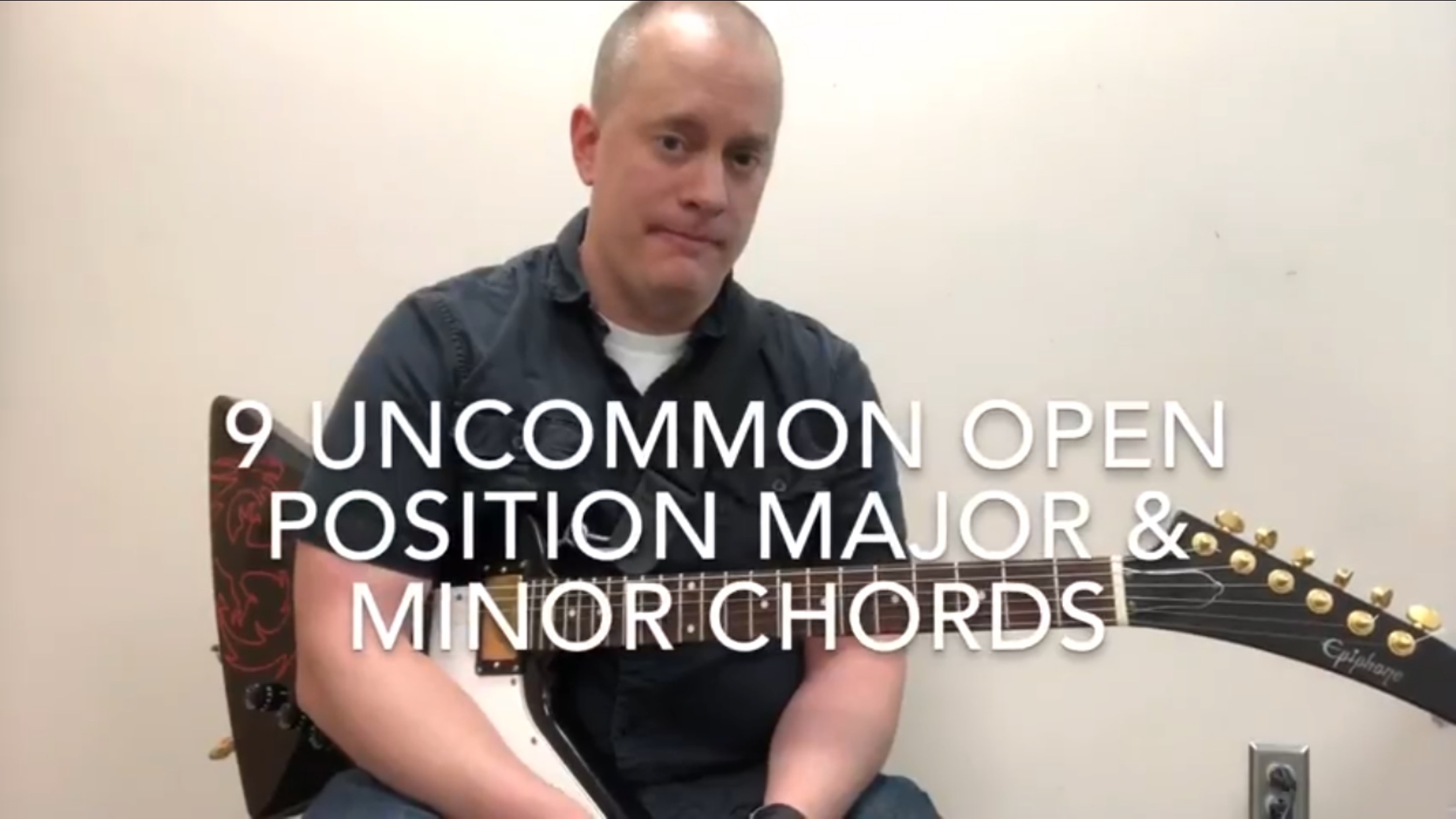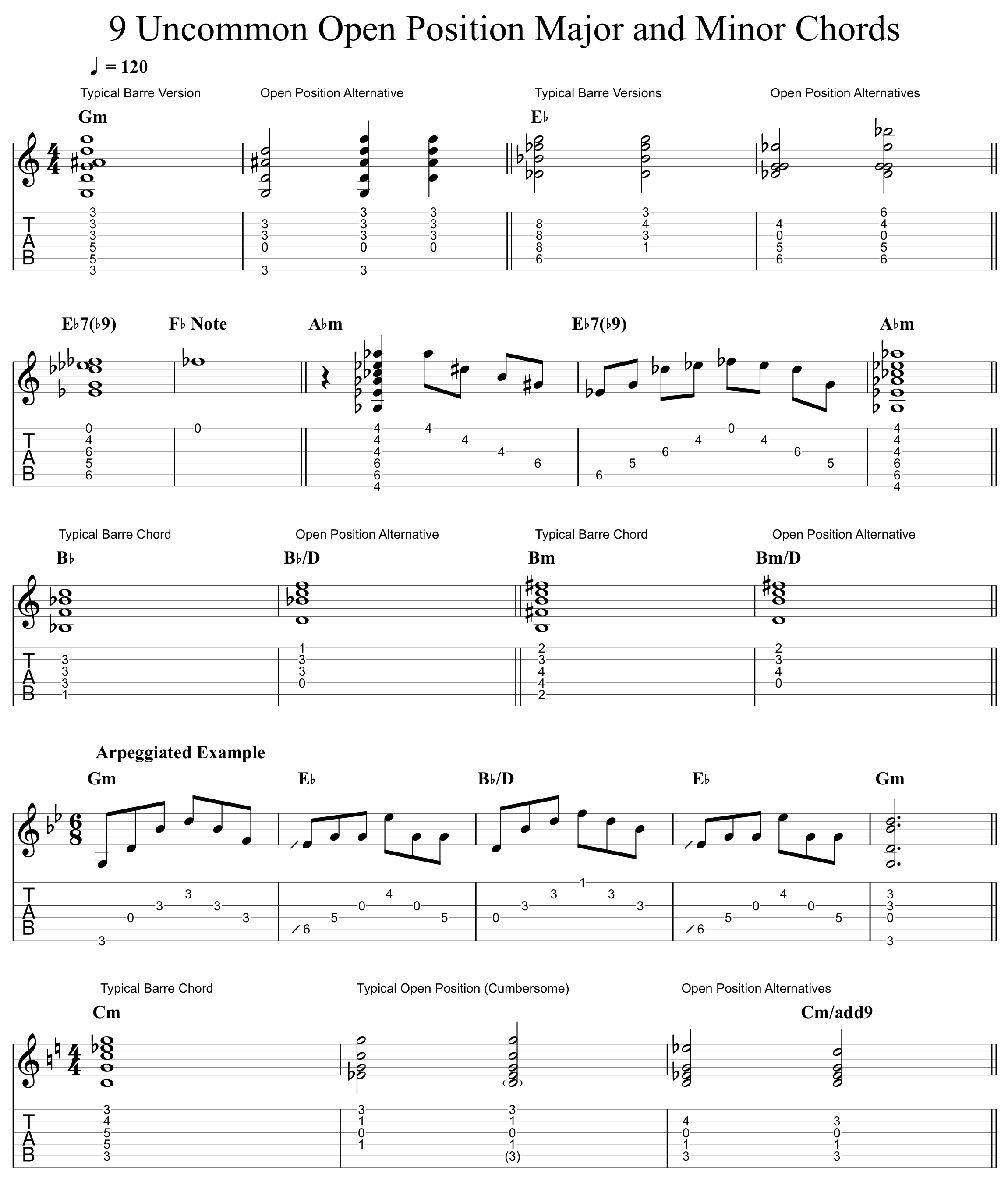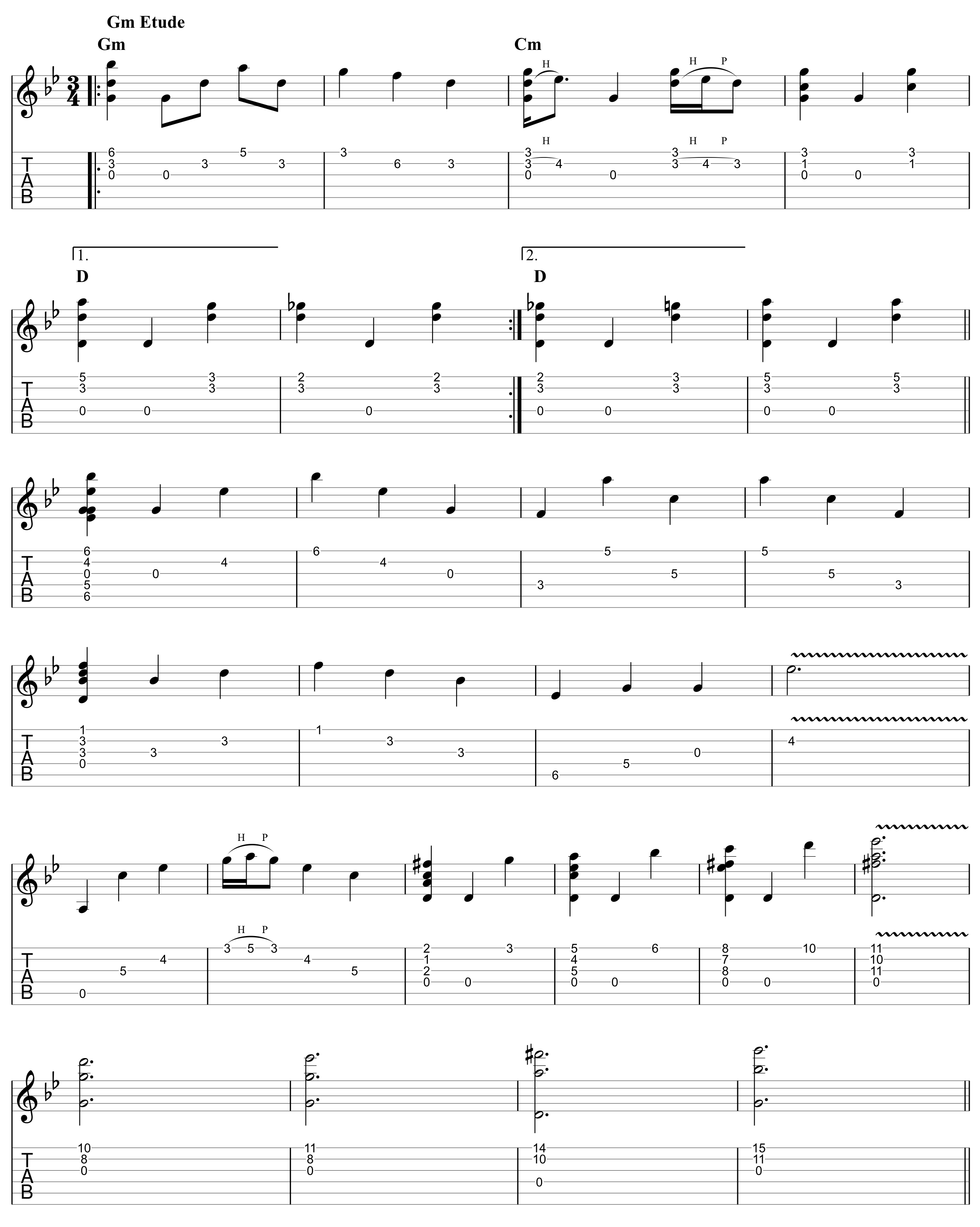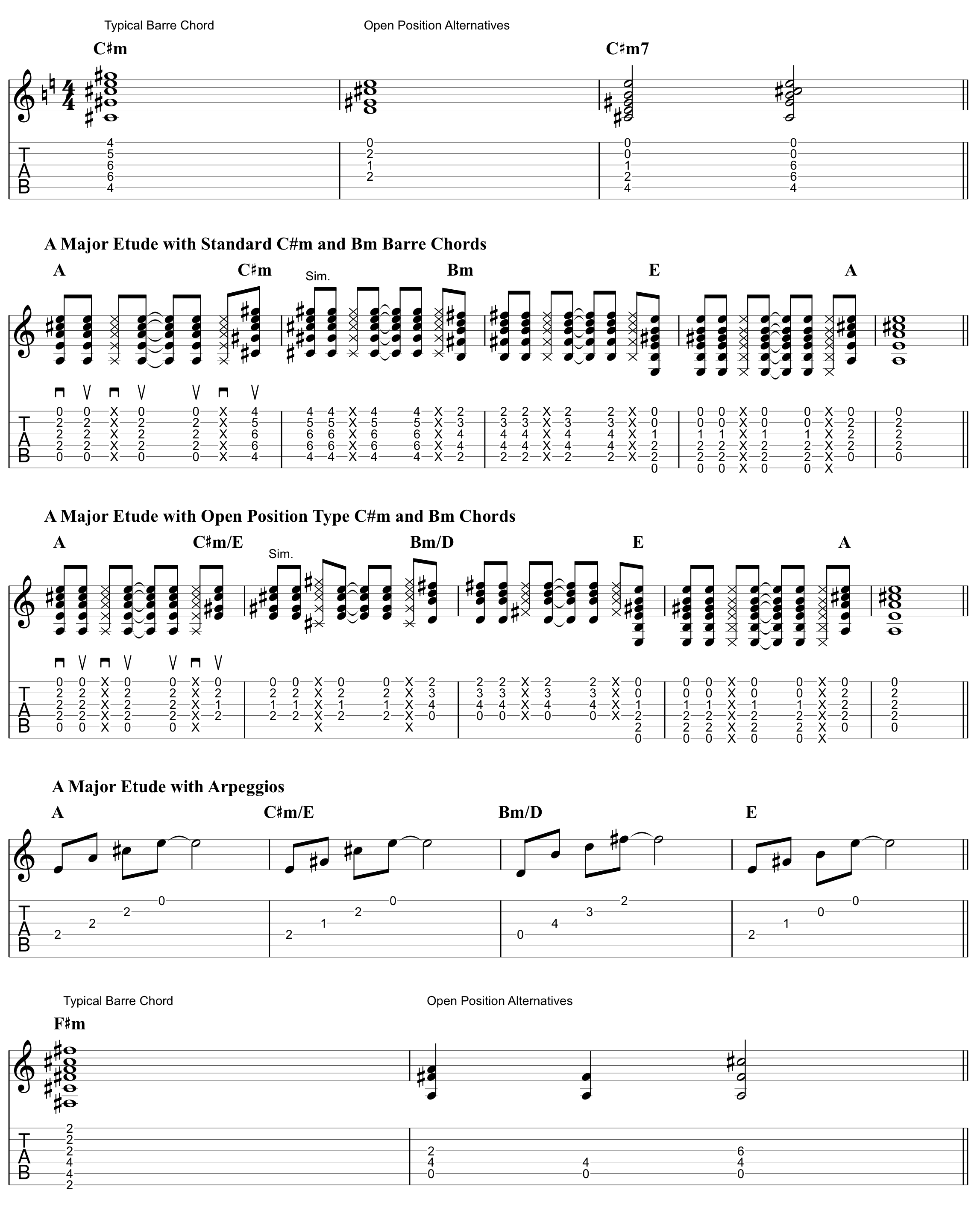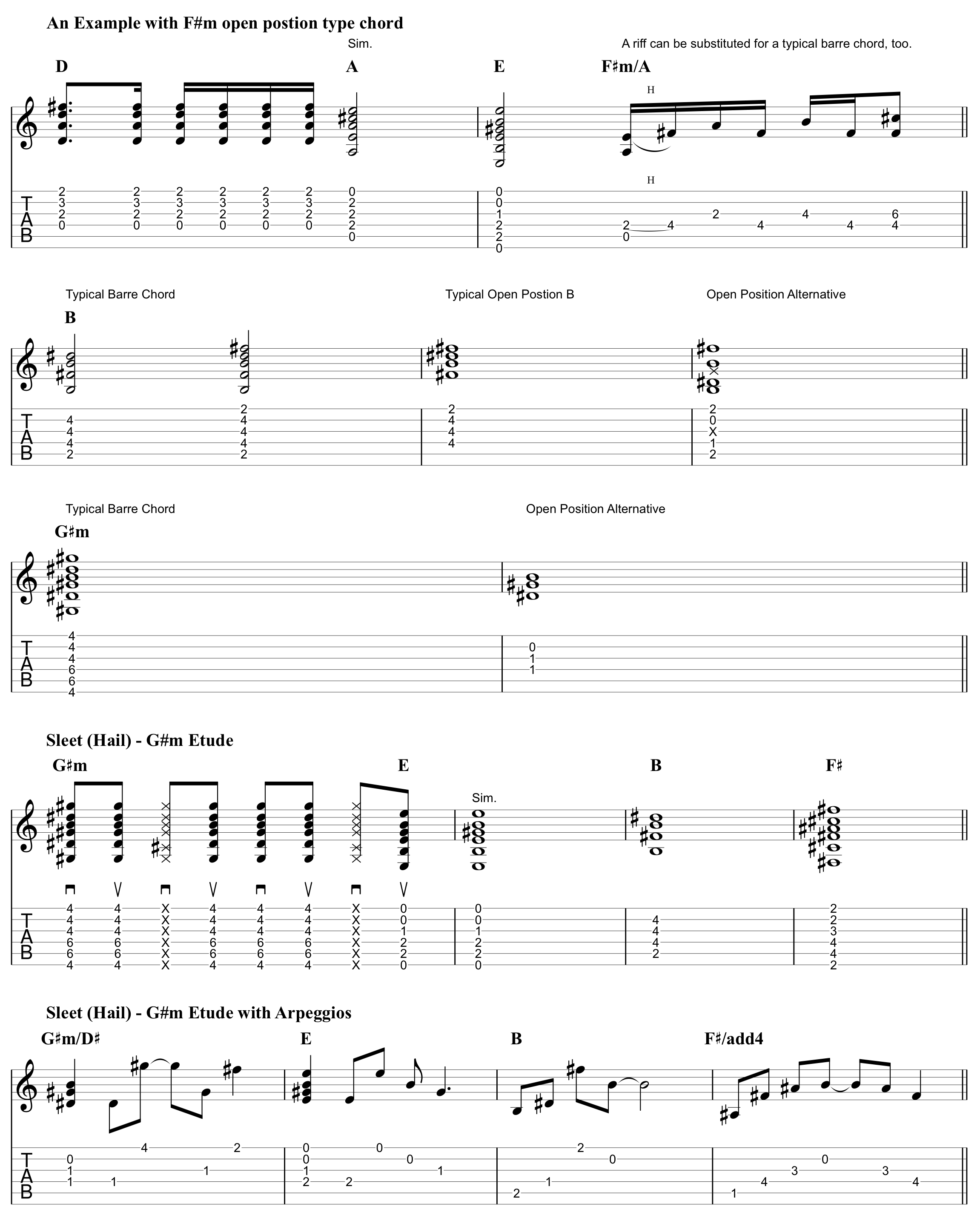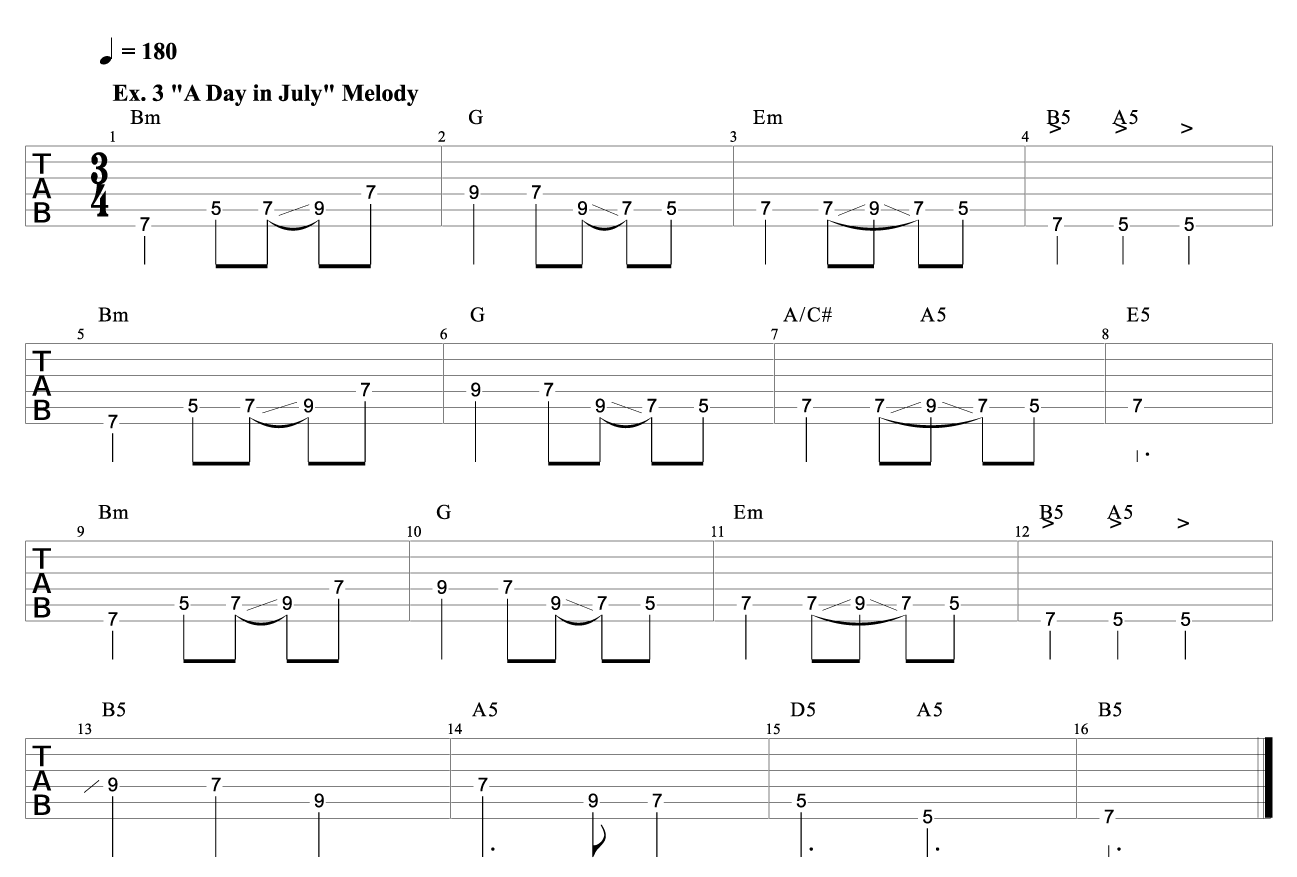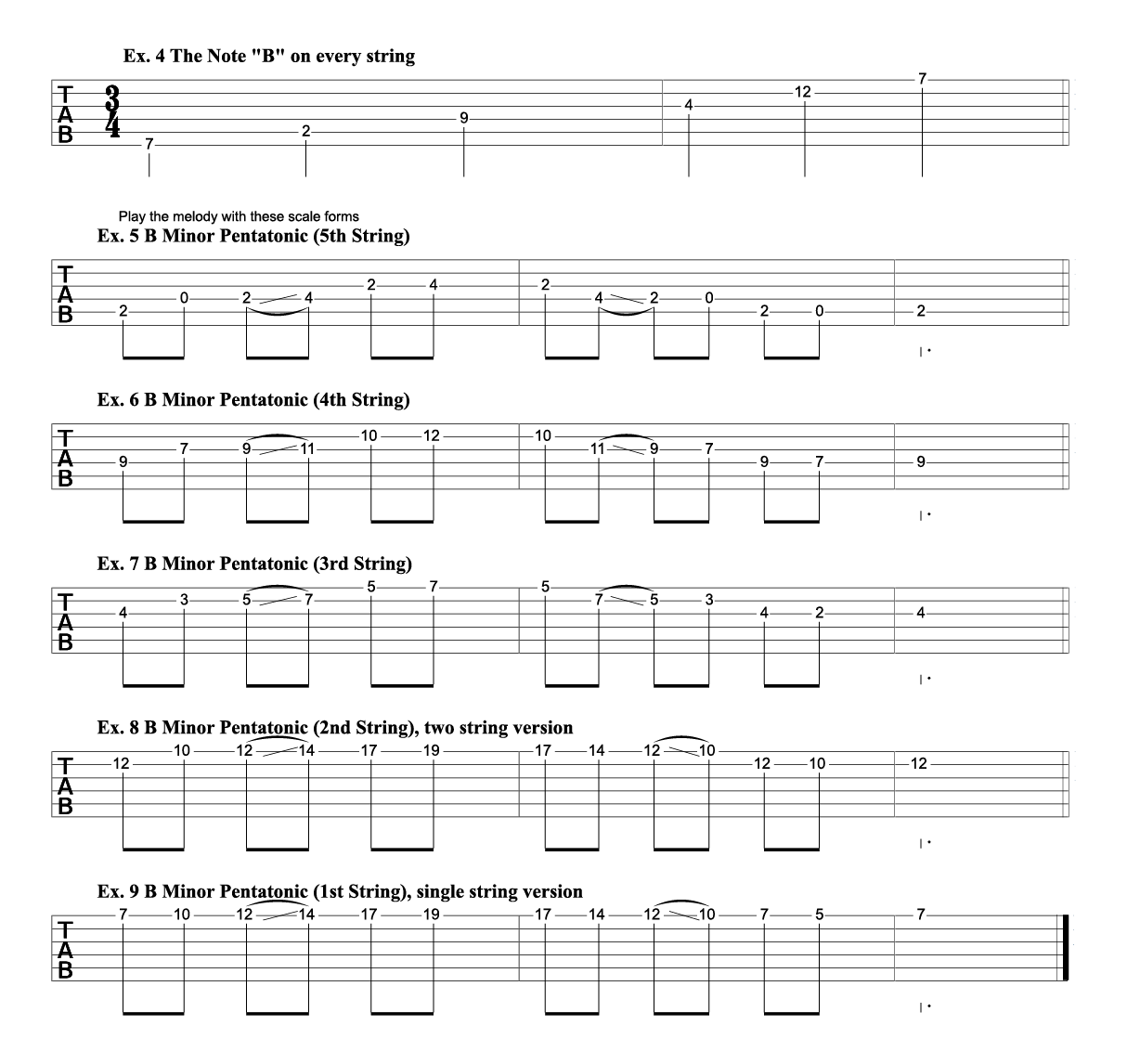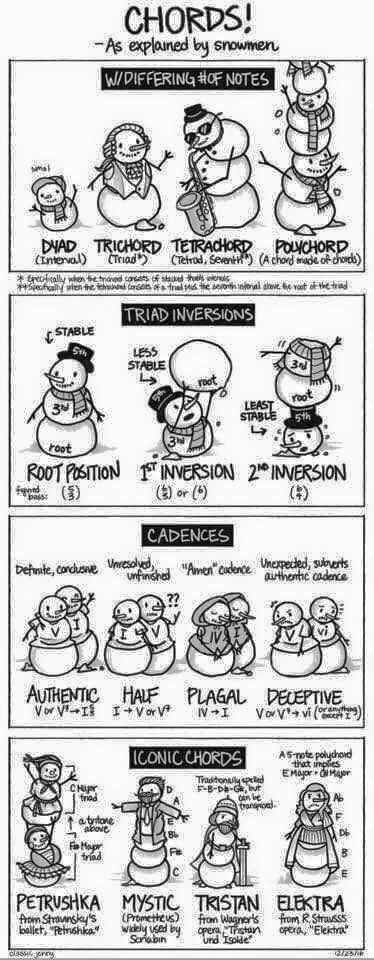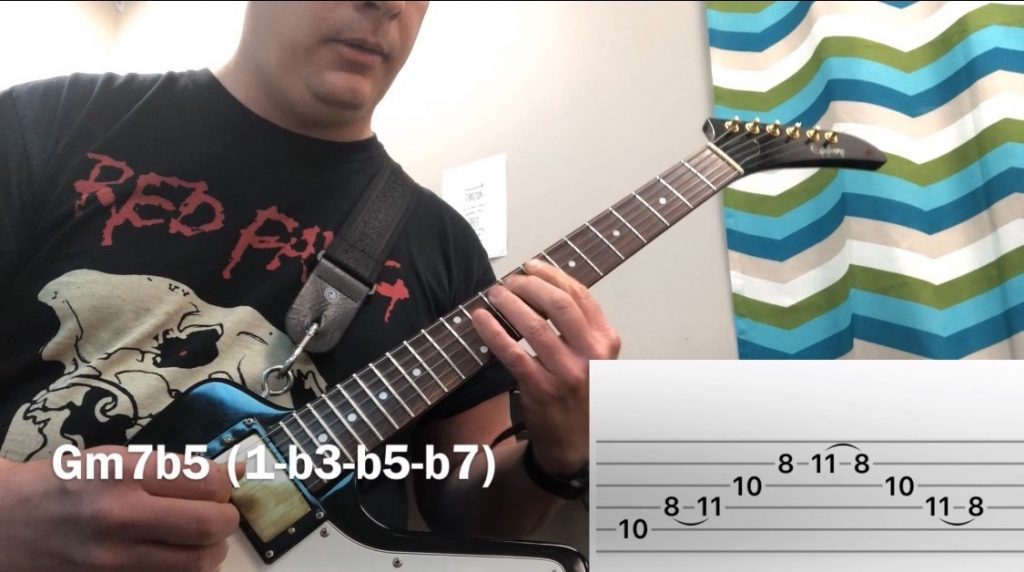
This fun and challenging sequence is great for learning to adapt arpeggio shapes as well as for a warming up. It runs through parallel 7th arpeggios (i.e. Gmaj7 to G7) descending from brightest to darkest. A keen eye will notice that only one note changes at a time as you move through this sequence.
Major 7th (1-3-5-7)
Dominant 7th (1-3-5-b7)
Minor 7th (1-b3-5-b7)
Minor 7b5 (1-b3-b5-b7)
Diminished 7th (1-b3-b5-bb7 or 6)
When you reach the diminished chord, simply go down one half step (one fret) and start the sequence over again like so
Gmaj7 G7 Gm7 Gm7b5 Gdim7
Gbmaj7 Gb7 *F#m7 F#m7b5 F#dim7
*Gb is enharmonically the same as F#.*
Without further ado, here is the exercise.
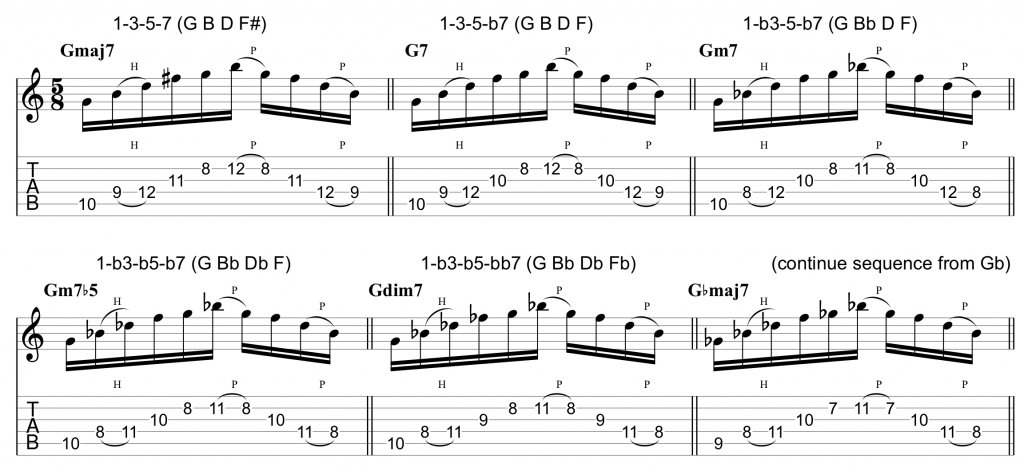
You can check out how it sounds and get a breakdown here.
This sequence can also be applied to whatever arpeggio shapes you like or are currently practicing. Here is another example.
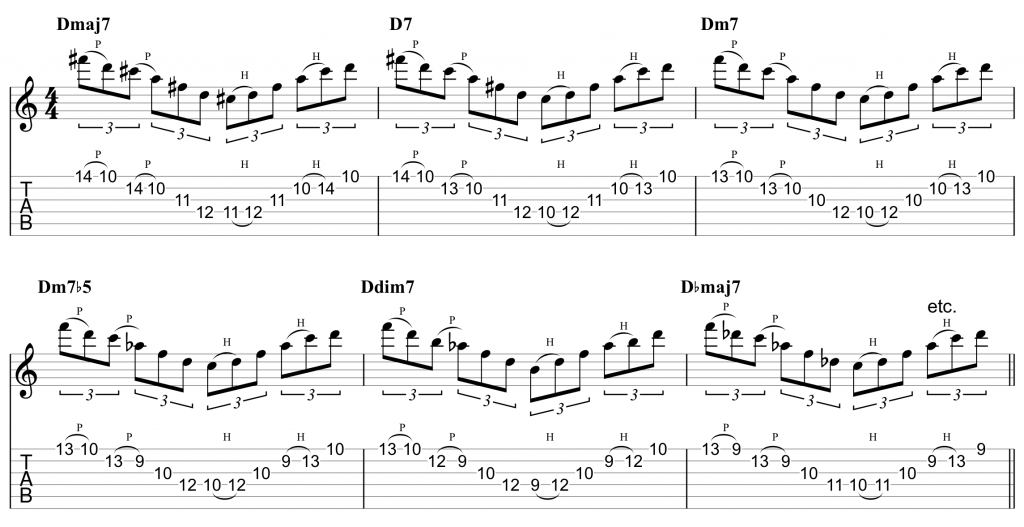
Let me know if you’re going to try it. I’d love to see what you come up with!
Happy shredding and woodshedding!
\m/ \m/

